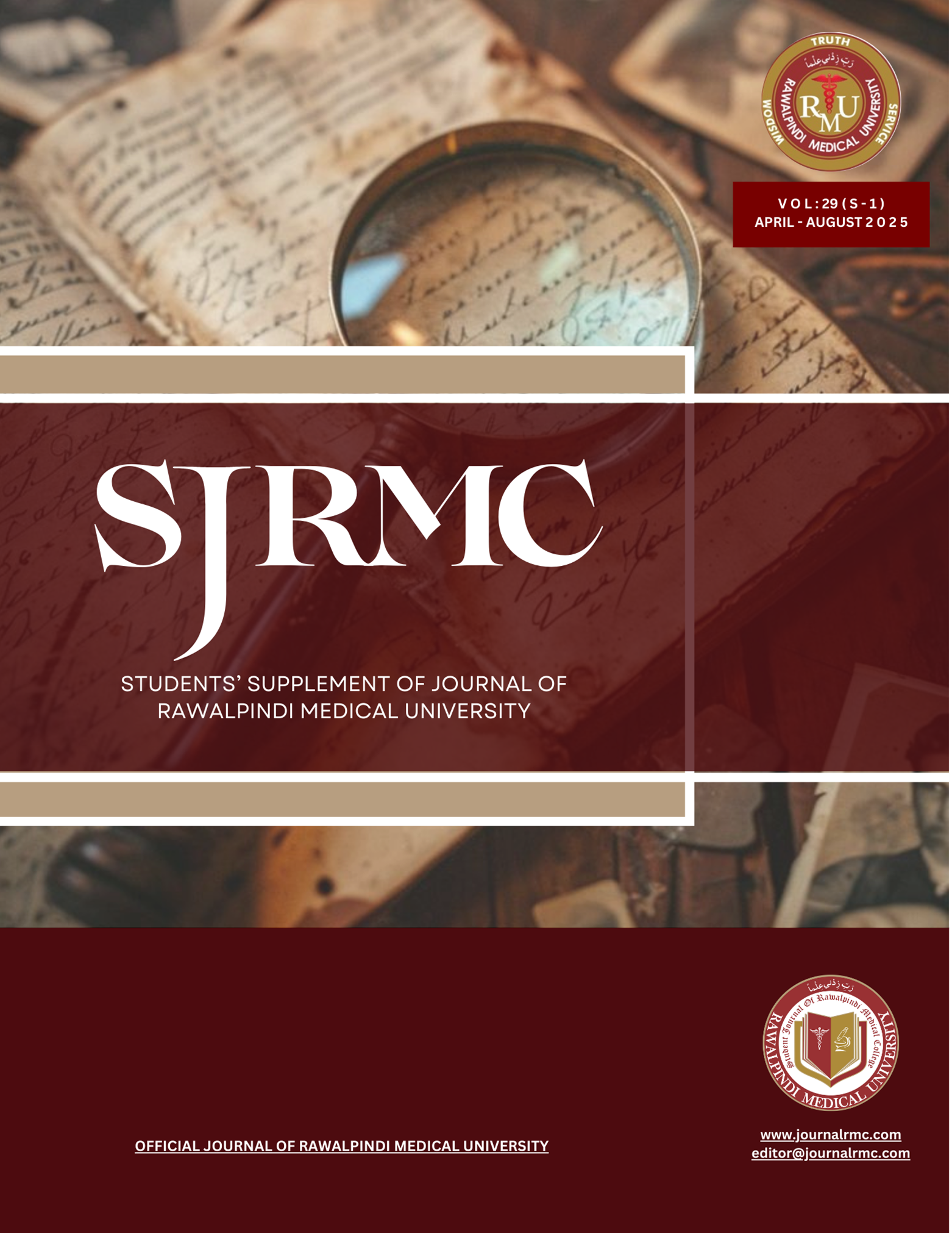Abstract
Introduction: Attention-deficit/hyperactivity disorder (ADHD) is a lifelong neurodevelopmental condition that impairs academic, occupational, and social functioning. Frequently undiagnosed in adults, especially in Pakistan, it remains understudied among university students. This study investigates the prevalence and functional impact of undiagnosed ADHD in Peshawar to guide screening, raise awareness, and inform local interventions.
Objectives: To determine the prevalence of undiagnosed ADHD among undergraduate students and adults in Peshawar and evaluate associated functional impairments and socio-academic triggers.
Methods: A cross-sectional study was conducted in urban Peshawar from February to June 2025 after ethics approval (No. 175/RC/NWSM/2024) from the Northwest School of Medicine IRB. Verbal consent was obtained, and anonymity maintained. A total of 349 adults aged 20–40 years were recruited using convenience sampling. Participants completed a modified WHO Adult Self-Report Scale (ASRS v1.1) with an added section on functional difficulties in daily life, social interaction, emotional regulation, and task performance. Data were analyzed using SPSS v25 with descriptive statistics and chi-square tests.
Results: ADHD symptoms were common: 176 participants (50.4%) were classified as borderline ADHD and 16 (4.6%) as moderate ADHD. Significant associations were found between ADHD symptoms and educational level (χ² = 0.025) and occupation (χ² = 0.026), with medical professionals reporting higher symptom burden. Functional impairments were markedly more frequent in those with borderline or moderate ADHD (p < 0.001), particularly in emotional regulation (94.1% of the moderate ADHD group). No significant associations emerged with gender or age.
Conclusion: A considerable proportion of adults in Peshawar, notably within medical and academic settings, exhibit undiagnosed ADHD symptoms linked to substantial emotional and functional impairment. Targeted screening, culturally sensitive awareness campaigns, and early intervention strategies are urgently needed to address this overlooked mental health issue.
Keywords: Attention-Deficit/Hyperactivity Disorder; Functional Impairment; Medical Students

